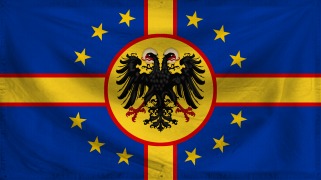Tracian Empire wrote:Arvenia wrote:What do you guys think the Fei Dynasty's total population would look like (in numbers)?
The Ming dynasty had a population of 160,000,000 at this point in time, the Southern Song took 60% as that's roughly the percentage of people that loved south of the Huai river (roughly the border between the two of you) historically.
That leaves 64,000,000. The Northern Yuan had an estimated 2,300,000 at this point in time, maybe with another million more in the other Mongol territories that you own. Your Siberian territories are going to be somewhat lacking in population. I'd go with around 70 million. Maybe 75 million at the most.
I see that Song has 115,000,000 people, despite it being geographically/territorially smaller than Fei.














